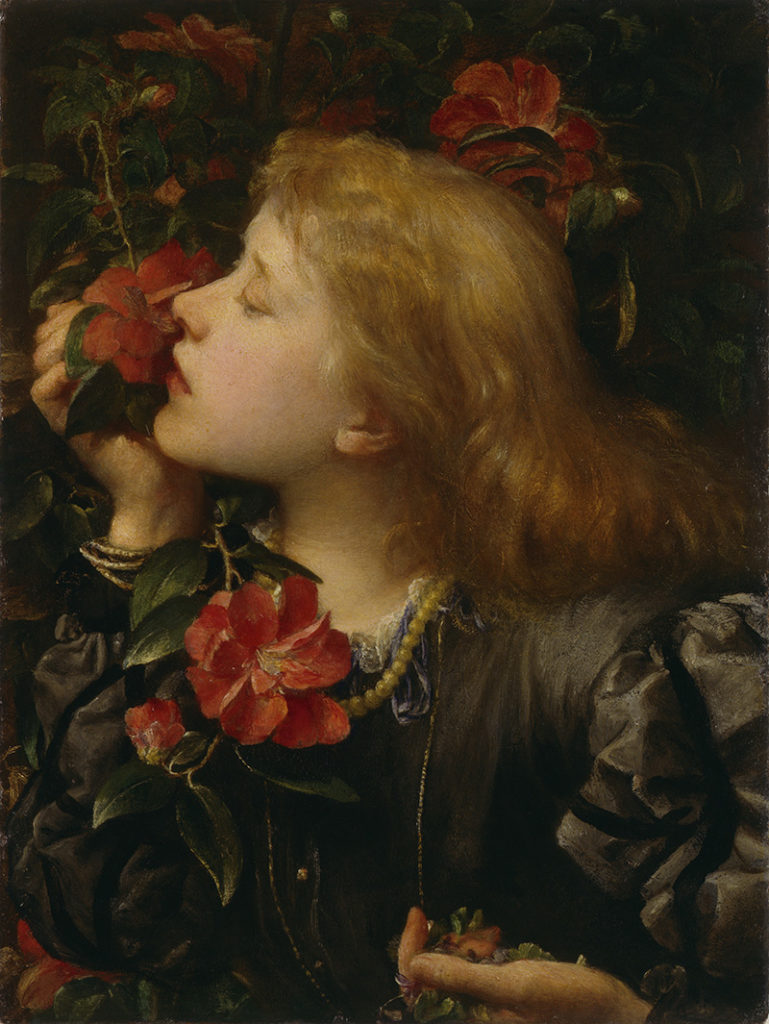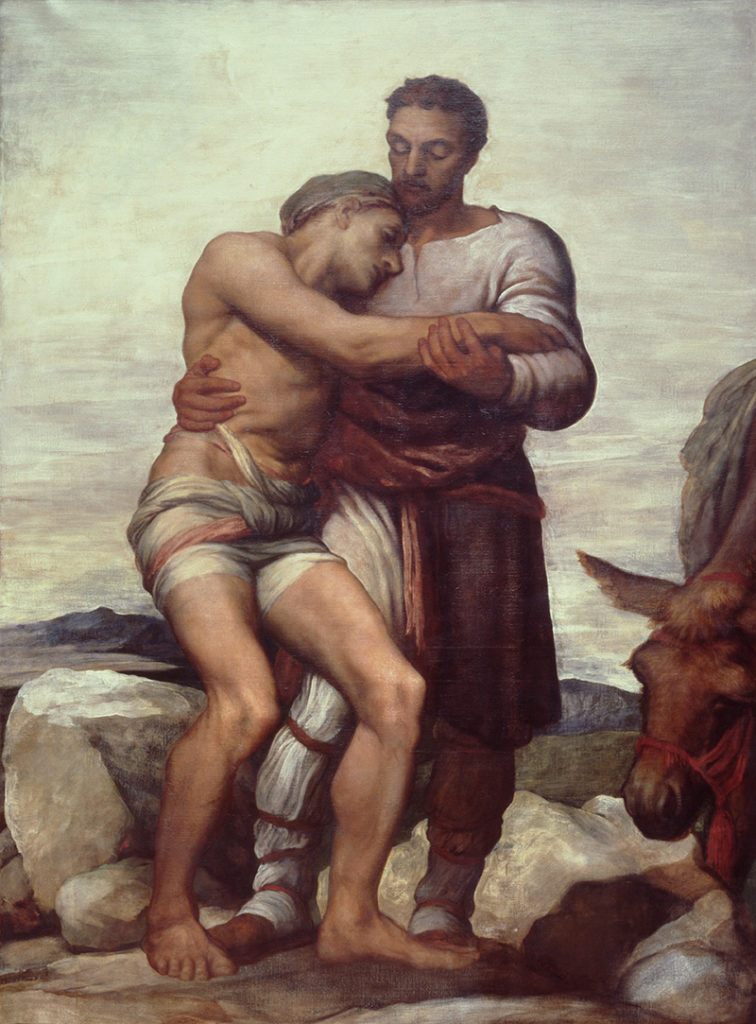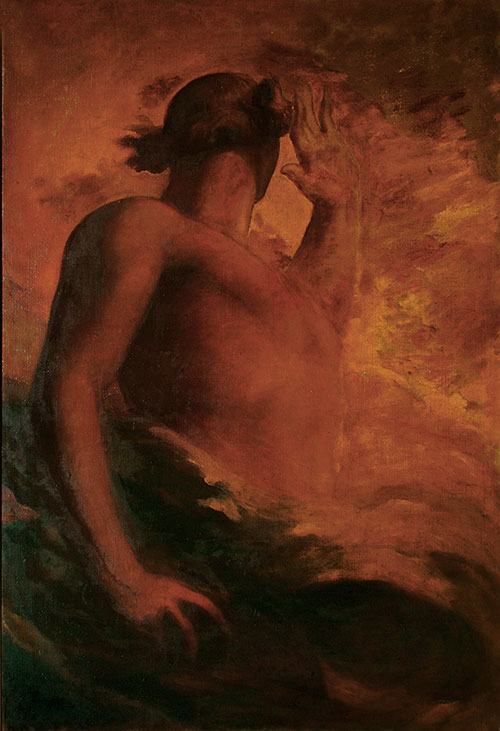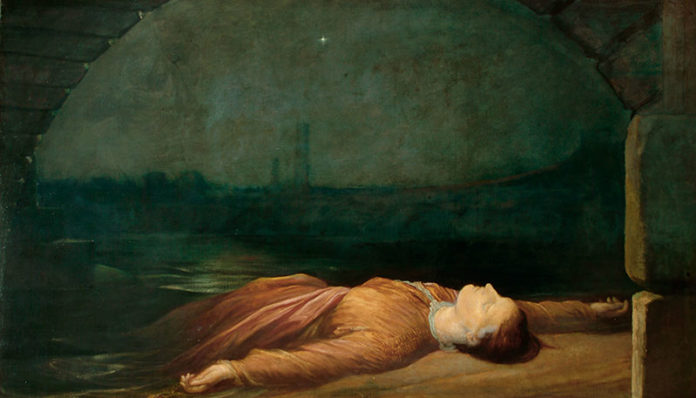That question is being answered this summer with an unprecedented exhibition of the most important masterpieces by this celebrated Victorian painter. Who was he?
His name was George Frederic Watts (1817-1904), and Watts Gallery Trust recently mounted a fantastic exhibition that celebrates his life and career, 200 years after his birth. Titled “England’s Michelangelo,” the exhibition brings together the artist’s most important paintings from both public and private collections. “For the first time since their restoration in 2011,” the gallery writes, “the historic galleries at Watts Gallery, designed by Watts himself, will be used for a temporary exhibition.

“Watts became a cultural icon who championed a new role for art as a means of symbolically expressing the process of humanity, and as a tool to assist in philanthropic projects. His imagery was carried all over the world through reproduction, making him the most internationally recognized British artist of the age. In 1884, Watts became the first living artist to have a solo exhibition at the Metropolitan Museum of Art in New York.”

The exhibition’s title comes from the artist’s contemporaries, who saw in Watts’ work great ambition, generosity, and range. Dr. Nicholas Tromans, Brice Curator of Watts Gallery — Artists’ Village, says, “Watts was the most admired British artist of the late 19th century, and ‘England’s Michelangelo’ will show why. We have set out to bring absolutely the very finest works by the artist to Compton to create a Watts exhibition like nothing seen before. The exhibition will emphasize the great originality and power of Watts as a painter, the glamour of his portraiture, and the magnificence of his Symbolist works which so impressed all of Europe.”

The exhibition opened on June 20 and will continue through November 26. Watts Galleries is in Guildford, United Kingdom. To learn more, visit Watts Galleries.
This article was featured in Fine Art Today, a weekly e-newsletter from Fine Art Connoisseur magazine. To start receiving Fine Art Today for free, click here.









Hyperbole might sell but as someone that has been to Guilford’s Watts museum and as an admirer of his work I don’t think the Michelangelo comparison helps to understand this painter.
This is 19th Century Romanticism, with characteristic sentimentality. Michelangelo was never sentimental.
What Jose and Pat Said
Hi all
We were thrilled to see this article and thanks for your comments.
The title of our exhibition, G F Watts – England’s Michelangelo, comes from the name given to the artist by his friend, the painter Frederic Leighton. Of course Watts and Michelangelo are totally different artists, but there was still something about the sheer ambition of Watts’s work that made the comparison meaningful for his contemporaries. Also, there are works in our exhibition, such as the sculptures of Clytie and Aurora which derive inspiration from the divine Michelangelo in their search for a perfect human form that transcends gender. We extend a warm welcome to all readers of Fine Art Today to come and see for themselves: we are confident you’ll find the exhibition eye-opening and moving. It’s open through November.
http://www.wattsgallery.org.uk/watts200
Dr. Tromans,
THANK YOU!
-Andrew